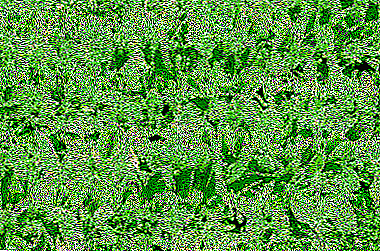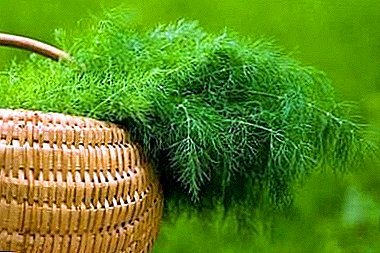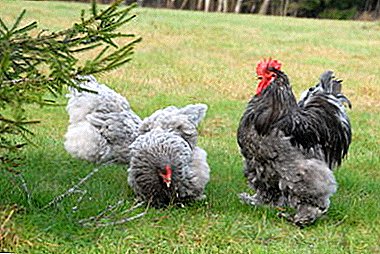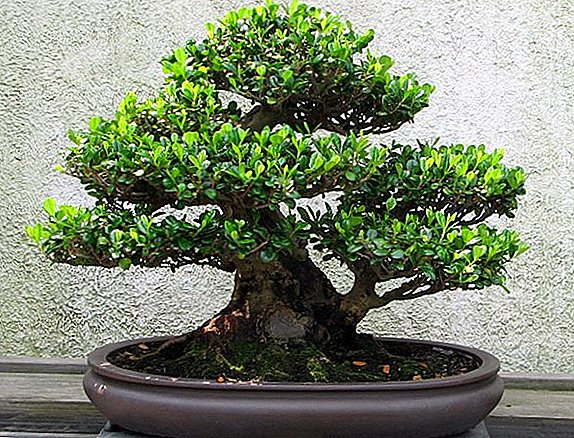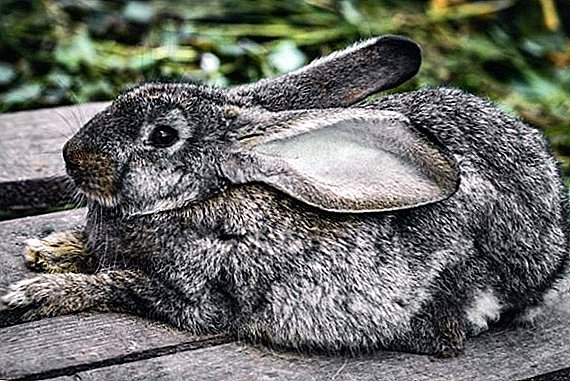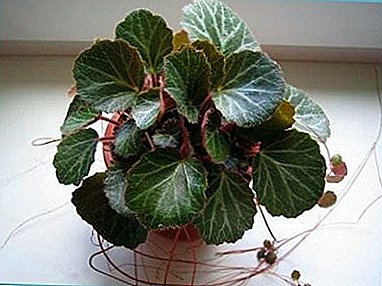
The saxifrage is a houseplant. The Kamnelomkov family includes about two hundred and fifty plant species.
They got their name for the property to grow right in the stones, eventually leading to their breaking.
Planting and caring for saxifrage at home will not be a lot of work.
Home care
Care after purchase
 Choosing kamnelomku, you should pay attention to ready sockets, who are already rooted.
Choosing kamnelomku, you should pay attention to ready sockets, who are already rooted.
Best of all, this plant will feel in a hanging pots, located as far as possible from the heating devices.
It needs good drainage, which will protect the roots from rotting due to water stagnation.
Pruning
Cutting off stonework is recommended after flowering. Old rosette is cut off, giving the opportunity to grow new fresh leaves. In addition, dried branches should be regularly removed from the flower.
Watering
For watering this plant, use soft, settled water. During the period from March to October, watering should be regular and run as soon as you notice that the top layer of the earth has begun to dry up. In winter, saxifrage needs to be watered less, but the soil should not be allowed to dry out.
Landing
Planting of saxifrage can be carried out in any season. Pick up for these purposes a small wide pot and plant several outlets at once.
ATTENTION! At the bottom of the pot do not forget to pour a layer of expanded clay, to get drainage.
For this representative of the flora is best suited humus soil mixture. For its preparation, you can connect two parts of leafy ground, four parts of clay-sod land and one part of sand. You can also mix one part of peat, humus, sand, as well as humus and leaf soil.
In the garden of saxifrage best land in early spring. The distance between plants should not be less than twenty centimeters. This beauty is very warm to the limestone, so lime rubble should be added to the soil or rock garden made of stones, on the slope of which the plant should be planted.
If the soil in your garden contains clay, you can add river sand and sod land there, and also make drainage layer.
Transfer
 When kamnelomk is grown in open ground, it can be transplanted as needed, but longer than seven years growing it in one place is not recommended.
When kamnelomk is grown in open ground, it can be transplanted as needed, but longer than seven years growing it in one place is not recommended.
For a flower that grows in indoor conditions, transplantation is necessary when its roots are woven over an earthen room.
Temperature
When saver is growing up, it must be maintained at an ambient temperature of twenty to twenty-four degrees above zero.
In winter The temperature in the room where the pot with this plant is located should be between sixteen and eighteen degrees of heat for varieties with variegated leaves and between twelve and fourteen degrees for saxifrage with green leaves.
Lighting
The best rockfurner will feel on the windowsill of the western or eastern window. You can also have it on the north side. But if you decide to put the pot on the south side, keep it away from the window and protect the leaves from direct sunlight.
ATTENTION! Excessive lighting will lead to blanching of the leaves, and insufficient - to the loss of brightness of the veins.
In the summer you can take the flower to the balcony, but do not forget to cover it from the sun and rain.
When planting saxifrage in open ground, place it so that it does not fall on the direct rays of the sun. This problem can be solved by shielding the sun with any tall plant located on the south side.
Other types of saxweed include the Saxifrage Arends and the Bedran.
A photo
Admire the room Sausage Helm, grown at home can be in the photo:




Breeding
The most popular breeding methods for saxifrage are as follows:
Seeds
Seeds are recommended to sow in boxes for seedlings in the spring. Growing stonework from seeds is a rather fascinating process. It is not worth planting them in open ground immediately, as they are very small.
IMPORTANT! To improve the germination of seeds, they are kept in the cold for two months.
 Seeds are mixed with sand and sown in boxes filled with a light nutrient substrate consisting of greenhouse soil, sand and peat.
Seeds are mixed with sand and sown in boxes filled with a light nutrient substrate consisting of greenhouse soil, sand and peat.Nothing above sprinkle seeds is not necessary. Water them with a spray bottle and keep them in a room where the air temperature is between eighteen and twenty degrees Celsius.
Already on the sixth, ninth day, you can see that the seeds have germinated. Then you will need swoop down seedlings, leaving the strongest of them. When the seedlings grow, they can be planted in pots or placed in open ground.
For more information on growing saxifrage from seeds, see the video:
Rosettes
To propagate the plant with rosettes, it is necessary to cut off one of the side rosettes, which are formed on your pet in the process of its growth. Do it best in summer time.
Scrape the base of it with soil and pour it. When the socket takes root, let it rest on the same place, and it can be transplanted next spring.
Shoots
For the breeding of saxifrage shoots it is necessary to bend the extreme long shoots to the ground and sprinkle them with wet soil so that the tip remains on the surface. Pour the prikopanny place with humus and foliage to protect the soil from drying out.
When the sprout has taken root, separate it and plant it into a substrate consisting of a mixture of two parts of humus soil, one part of sand and one part of sod soil. After planting, the shoot needs plenty of watering.
Benefit and harm
Medical applications
 The saxifrage not only pleases the eye with its beauty, but also has remarkable healing properties.
The saxifrage not only pleases the eye with its beauty, but also has remarkable healing properties.
Its leaves contain flavonoids, alkaloids, saponins, glycosides and other beneficial substances.
Folk healers have long noticed that this plant has antitumor, antiseptic, anti-inflammatory and antifebrile action on the human body.
The saxifrage leaves are used to produce juice, which is applied externally. with frostbite, boils or boils, as well as to reduce pain with otitis. Internal use of this juice helps in the treatment of diseases such as ascites, bronchial asthma and nervous disorders.
Kammelomki prepare broths and infusions, which are used to reduce the temperature, help stop vomiting and cure infectious diseases.
But, as you know, the misuse of any medicinal plant harm the human body. The use of saxifrage for medicinal purposes should be treated with caution during pregnancy and lactation. In addition, it is not recommended for people suffering from bradycardia and thrombosis.
Uncontrolled intake of this plant can cause dermatitis.
Diseases and pests
The most common pest of saberworm can be called spider mite. Its appearance contributes to the excessive dryness of the air. Increased air humidity causes the appearance of fungal diseases and powdery mildew. Plant treatment will help solve these problems. copper-containing drugs.
Often, the flower is attacked by worms, which must be removed manually. Anticoccidal drugs will help get rid of these pests.
If the leaves are covered with black sticky bloom, then your darling was damaged by a green aphid. In this case, process it. pyrimorom
Conclusion
Proper maintenance of saxifrage and caring for it will give you the joy of contemplating its flowers for many years.



